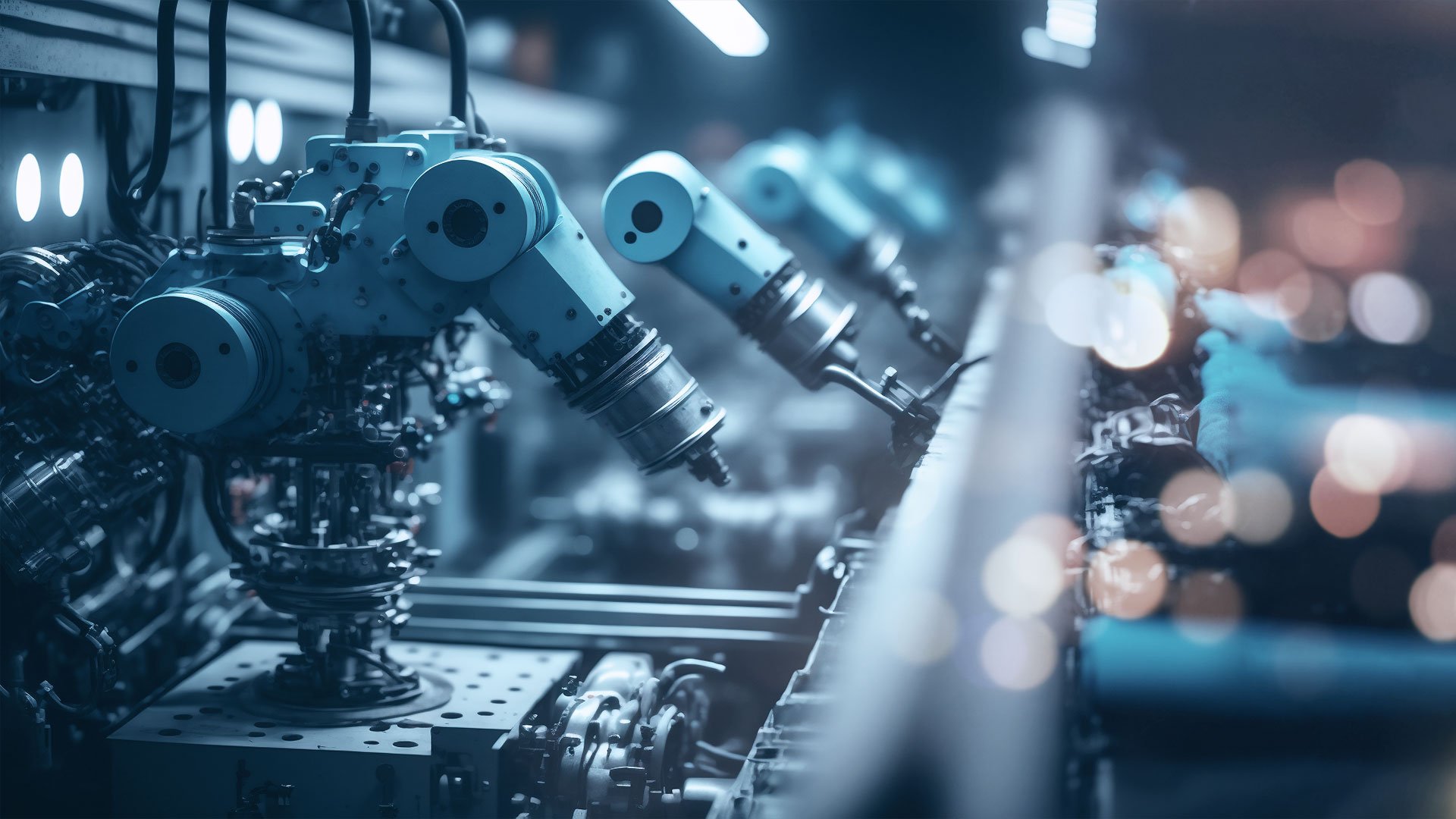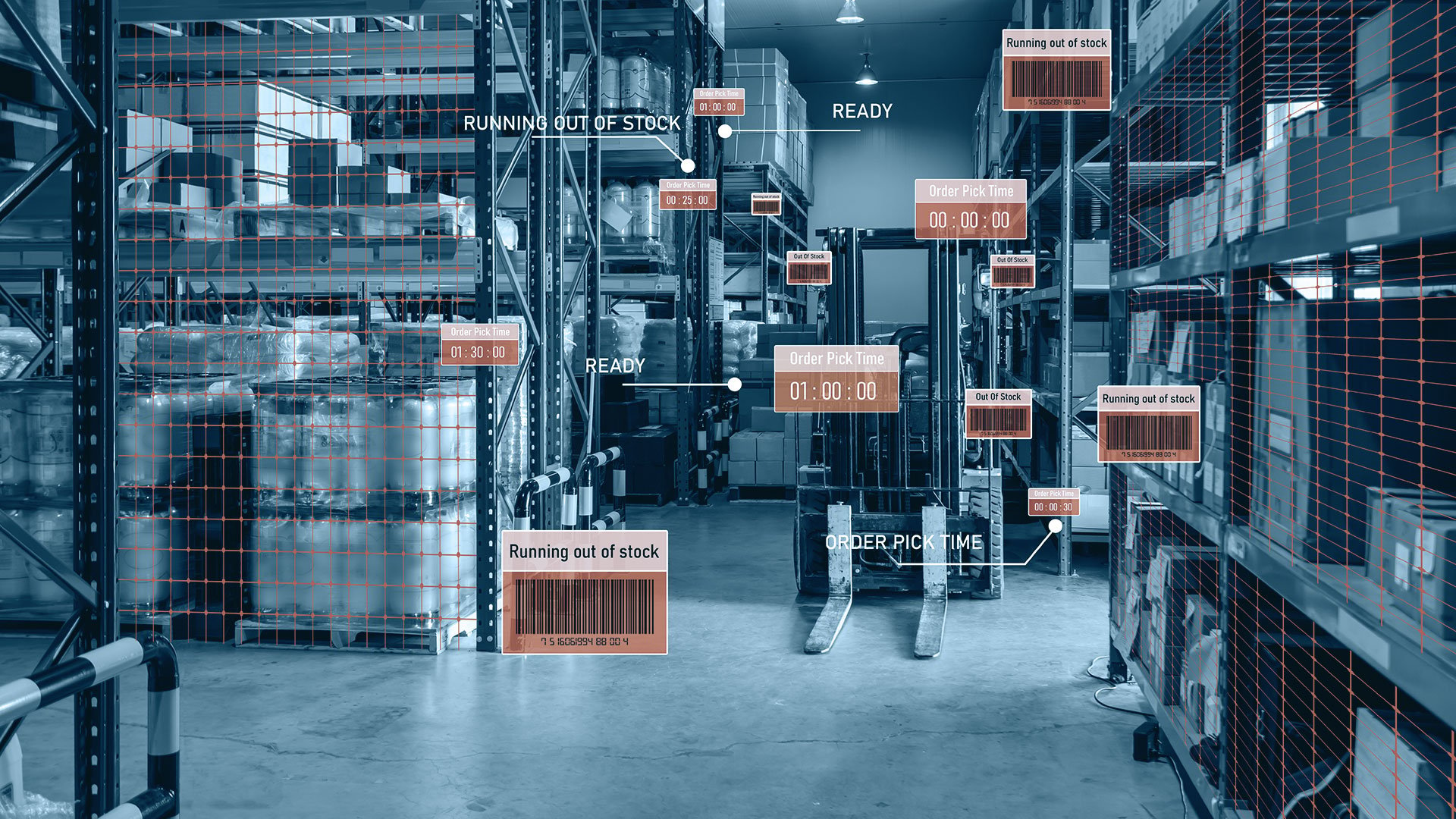Manufacturing is one of the most important sectors of the economy, and it plays a crucial role in driving economic growth, job creation, and innovation. As we move into the future, there are several trends in manufacturing that are expected to shape the industry and change the way companies operate.
In this future trends article written by Jeroen Hanekamp, we will look at 7 key trends in manufacturing to pay attention to, with a special emphasis on the changing behavior needed in leadership, the use of new technology such as low-code technology, and the importance of the right product lifecycle and supply chain management.
Sustainability is not just a fancy option. It’s a must have
Sustainability is becoming an increasingly important consideration for manufacturers. Consumers are becoming more environmentally conscious, and companies that fail to address sustainability issues risk losing market share.
Manufacturers are starting to take steps to reduce their environmental impact, such as using renewable energy sources, reducing waste, and improving supply chain transparency.

Increased adoption of automation and robotics
Automation and robotics have been steadily gaining ground in the manufacturing industry over the past few years, and this trend is expected to continue in the future. The use of robotics and automation is driven by the need to increase efficiency, reduce costs, and improve quality.
Automation is increasingly used to perform repetitive tasks that are dangerous, dirty, or difficult for human workers. With advancements in robotics technology, it is now possible to automate more complex tasks, such as assembly and inspection.
Automation plays a significant role throughout the entire product lifecycle, including administrative work. By automating administrative tasks, such as data management and workflows, manual errors are reduced, and efficiency is improved. This allows engineers to concentrate on innovation and problem-solving throughout the product lifecycle.

Low-code technology for faster innovation
Low-code technology is a relatively new concept in manufacturing, but it has the potential to revolutionize the industry. Low-code technology allows developers to create applications and software without needing to write code from scratch.
With low-code platforms, developers can quickly build applications with a drag-and-drop interface and pre-built components, reducing time to market and lowering the cost of development. By integrating with other systems, low-code applications can access data and functionality from multiple sources, improving application functionality and enhancing organizational efficiency. This facilitates the breakdown of silos and maximizes the use of available data for companies, ultimately driving innovation and growth.
Increasing importance of cybersecurity
As manufacturers become more reliant on technology, cybersecurity becomes increasingly important. The manufacturing industry is particularly vulnerable to cyberattacks because of the large amounts of valuable data it generates.
Cyberattacks can disrupt production, steal valuable intellectual property, and damage the reputation of the company. Manufacturers need to take steps to protect their systems, including implementing strong passwords, regularly updating software, and investing in cybersecurity training for employees.

Shift towards product lifecycle management
Automation is not just coming to the shop floor. Product Lifecycle Management software (PLM) enables engineers to automate workflows and data management, reducing manual errors and improving efficiency throughout the entire product lifecycle. By automating administrative tasks, such as data entry and migration, and automating change management and compliance checks, PLM software ensures data consistency, accuracy, and completeness.
Modern PLM systems support collaboration and data management across multiple domains, providing a centralized platform for managing product-related data and processes.
By reducing manual errors and improving efficiency, engineers can concentrate on innovation and problem-solving throughout the product lifecycle, which ultimately leads to better quality products, reduced time to market, and increased profitability.

Field service management for efficient service execution
In the manufacturing industry, efficient service execution is critical to success. However, limited workforce availability can create challenges. To address this issue, companies are turning to field service management (FSM) solutions. FSM solutions help manufacturers efficiently manage their workforce and ensure that projects are executed on time and on budget. FSM software can help manufacturers improve productivity, reduce costs, and provide better customer service.
By using customer-friendly and service-oriented applications, manufacturers can improve the customer experience and build a future-proof model for growth. Field Service Management (FSM) solutions can enable real-time visibility into field operations, enabling better decision-making based on up-to-date information. FSM solutions can also aid manufacturers in managing inventory and assets, scheduling maintenance, and handling warranties and service contracts. To stay competitive in a rapidly evolving industry, adaptable and flexible FSM solutions like CLEVR FSM can be crucial. With the ability to modify process logic, CLEVR FSM can be easily customized to support unique business models, rather than forcing businesses into predetermined frameworks.

Improved supply chain management
Effective supply chain management is critical to the success of any manufacturing company. The COVID-19 pandemic highlighted the importance of having a resilient and agile supply chain. Manufacturers need to be able to quickly adapt to changing market conditions, disruptions in the supply chain, and other challenges. By using technologies such as blockchain, artificial intelligence, and the Internet of Things (IoT), companies can improve supply chain visibility, increase efficiency, and reduce costs.

BONUS: Changing behavior needed in leadership
To fully realize the benefits of these trends in manufacturing, it is essential that leaders in the industry adopt new behaviors and attitudes. Traditional manufacturing leadership styles that prioritize control and hierarchical decision-making are no longer effective in today's fast-paced, technology.
Leadership needs to adopt an engaging and collaborative mindset, working with the team to find creative solutions and be ahead of the trend as well as better embed suppliers and stakeholders in the strategic roadmap to deliver business objectives.
.jpg?width=4000&height=2408&name=Collage%20(1).jpg)





